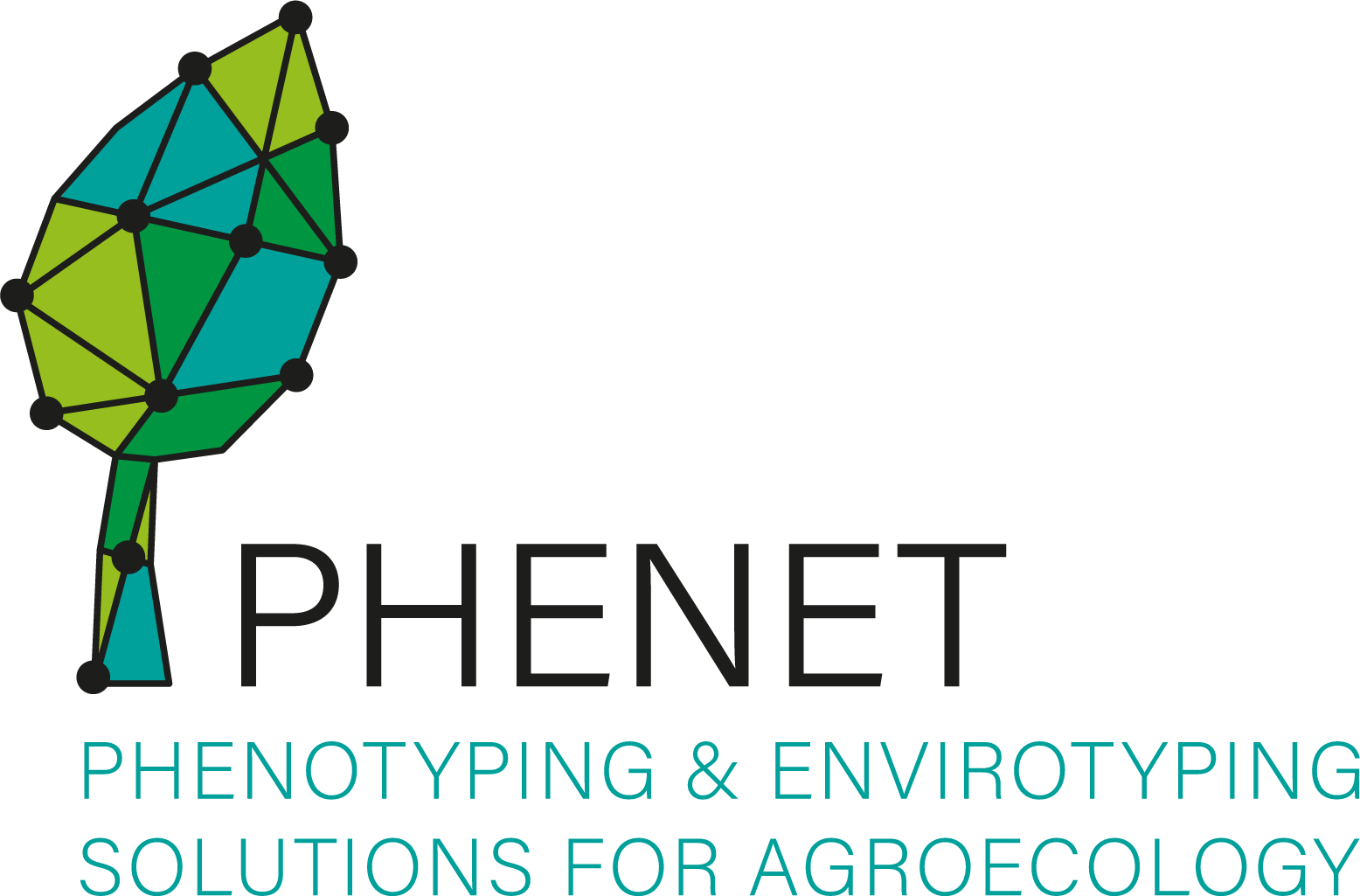UC7 INTERCROPPING
Diversification in Arable Systems
Partners: UBO (Lead), WU
Objective

Adoption rates of intercropping for arable crops remain seemingly low in Europe despite established multiple benefits in comparison to sole cropping, e.g. higher land use efficiency, higher yield stability, higher resource use efficiency, improved soil quality, and reduced need for plant protection inputs. This suggests to strategically move intercropping research to a next level by:
- Making intercropping research more connected and systematic across multiple environments to identify research gaps to more strategically invest research efforts. The focus will be on arable grain crops for food and feed in intercropping.
- Systematically mapping the state of intercropping research for arable intercropping to identify knowledge needs including intercropping management and design on the farm level as well as value chain aspects.
- Providing meta-data and primary data on intercropping research for the science community and general public.
- Harnessing digital technologies such as remote sensing data and machine learning for intercropping research.
- Drawing on datasets of multiple experiments to derive more general conclusions relevant for farming practice and understanding fundamental mechanisms in intercropping.
Expected results
- Meta-data base on intercropping to facilitate strategic research
- Improved methodological standards for intercropping experiments
- Cross-experimental analysis: models that are able to estimate intercropping performance and heterogeneity on the basis of species trait combinations, environment and management
- Identify feasibility and highlight key challenges for models to identify intercropping from satellite data
The expected services
- Analytical methods to investigate diversified cropping systems
- Searchable and extendable meta-data base for intercropping
- Providing the basis to develop models to detect intercropping at landscape scale (if feasible)
References
James, K. L., Randall, N. P., and Haddaway, N. R. (2016). A methodology for systematic mapping in environmental sciences. Environ. Evid. 5, 7. doi: 10.1186/s13750-016-0059-6.
Lehman, C. L., Tilman, D., and Gaines, A. E. S. D. (2000). Biodiversity, Stability, and Productivity in Competitive Communities. Am. Nat. 156, 534–552. doi: 10.1086/303402.
Louarn, G., Barillot, R., Combes, D., and Escobar-Gutiérrez, A. (2020). Towards intercrop ideotypes: non-random trait assembly can promote overyielding and stability of species proportion in simulated legume-based mixtures. Ann. Bot. 126, 671–685. doi: 10.1093/aob/mcaa014.
Raseduzzaman, M., and Jensen, E. S. (2017). Does intercropping enhance yield stability in arable crop production? A meta-analysis. Eur. J. Agron. 91, 25–33.
Raza, M. A., Cui, L., Qin, R., Yang, F., and Yang, W. (2020). Strip-width determines competitive strengths and grain yields of intercrop species in relay intercropping system. Sci. Rep. 10, 21910. doi: 10.1038/s41598-020-78719-y.
Tilman, D. (1996). Biodiversity: Population Versus Ecosystem Stability. Ecology 77, 350–363. doi: 10.2307/2265614.
Timaeus, J., Ruigrok, T., Siegmeier, T., and Finckh, M. R. (2022). Adoption of Food Species Mixtures from Farmers’ Perspectives in Germany: Managing Complexity and Harnessing Advantages. Agriculture 12, 697. doi: 10.3390/agriculture12050697.


